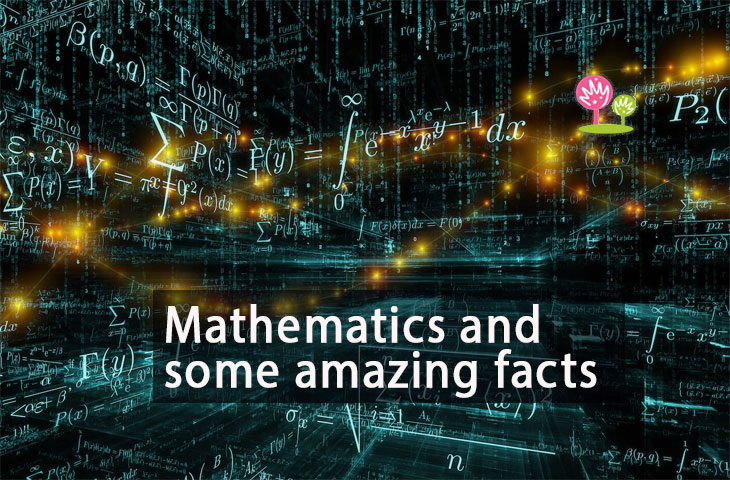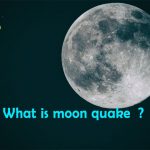Mathematics and some amazing facts

Mathematics covers the study of subjects such as quantity (number theory), structure (algebra), space (geometry), and changes (GR), and theoretical data on the structural component of each subject (analysis). There is no definition that is commonly accepted. Mathematicians aim to develop new assumptions and apply patterns; by mathematical proof they solve their truth or falsity. Mathematical thinking can be utilised to generate insight or predictions of nature when mathematical structures are good representations of real phenomena. The mathematics develops from the counting, computation, measuring and systematic investigation of the forms and movements of physical objects through the application of abstract and logic.
Practical math was an activity of humans from the very background to written records. It may take years or even millennia for study needed to solve mathematical issues. In Greek mathematics, rigorous arguments came initially, particularly in Euclid’s Elements. Since Giuseppe Peano (1858–1932), David Hilbert (1862–1943) and others on axiomas in the late 19th century, mathematical research was used to view truth by a rigorous deduction from the axioms and definitions correctly selected.
Until the Renaissance, mathematics progressed at a somewhat slower pace when the rates of mathematical discovery continued to climb rapidly, as mathematical advances interact with new scientific discoveries. In many domains, including natural sciences, engineering, medical sciences, finance and social sciences, mathematics is vital. Applied mathematics has led to completely new sciences, such statistics and theory of games. Mathematics engages in mathematics alone without applying them, although later on practical applications are often discovered for what began as pure mathematics.
Amazing facts about mathematics
- Zero (0) is the only number not suitable for roman numeral representation.
- What comes after a million, billion and trillion? A quadrillion, quintillion, sextillion, septillion, octillion, nonillion, decillion and undecillion
- As early as 1489 A.D, the signs plus (+) and minor (-) were utilised.
- The only primes that end in 2 or 5 are 2 and 5.
- An icosagon is a 20-sided shape
- A circle has the greatest surface of any forms with the same perimeter.
- 40 The only number with alphabetic letters when written “forty” is, while “one” is the only one with inverted letters
- The letter “A” appears only in 1000 between 0 and 1000 (“one thousand”)
- FOUR is the only number spoken with the same number as the number itself in the English language
- Trigonometry is the research of the connection between triangle angles and their sides.
- Abacus is regarded as the calculator’s foundation
- Here is an amazing trick for checking any integer’s divisibility by number 3. A number can be divided by three if its numbers are divided by three (3)
- Have you heard of such number of palindrome? It’s a number that reads it back and forward between, for example 12421
- Have you ever heard of Fibonacci? This is the sequence of numbers when the two numbers before it are added! An example is this: 1, 1, 2, 3, 5, 8, 13, 21, 34, etc.













